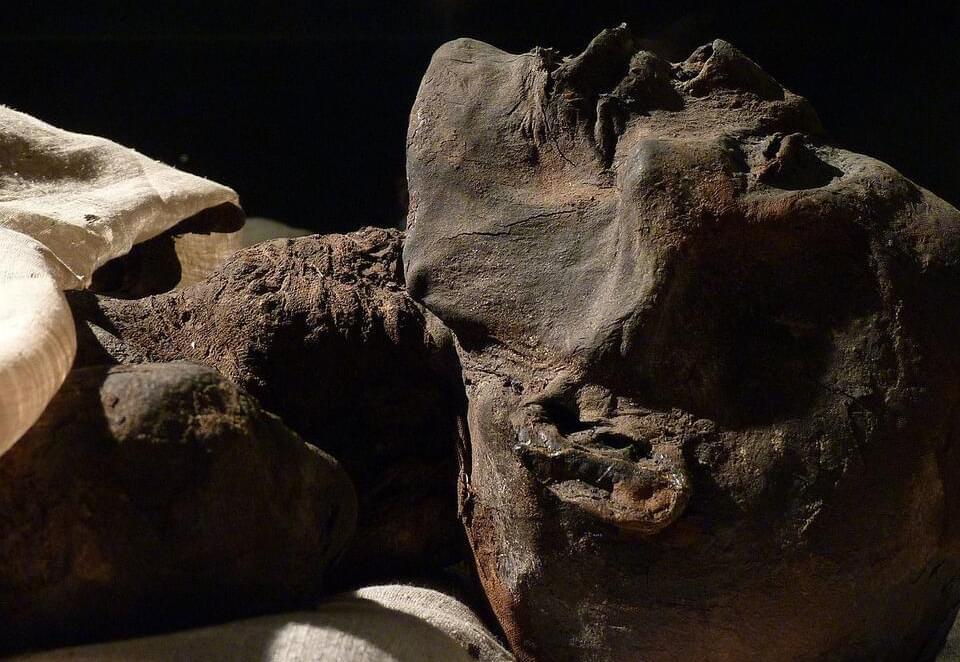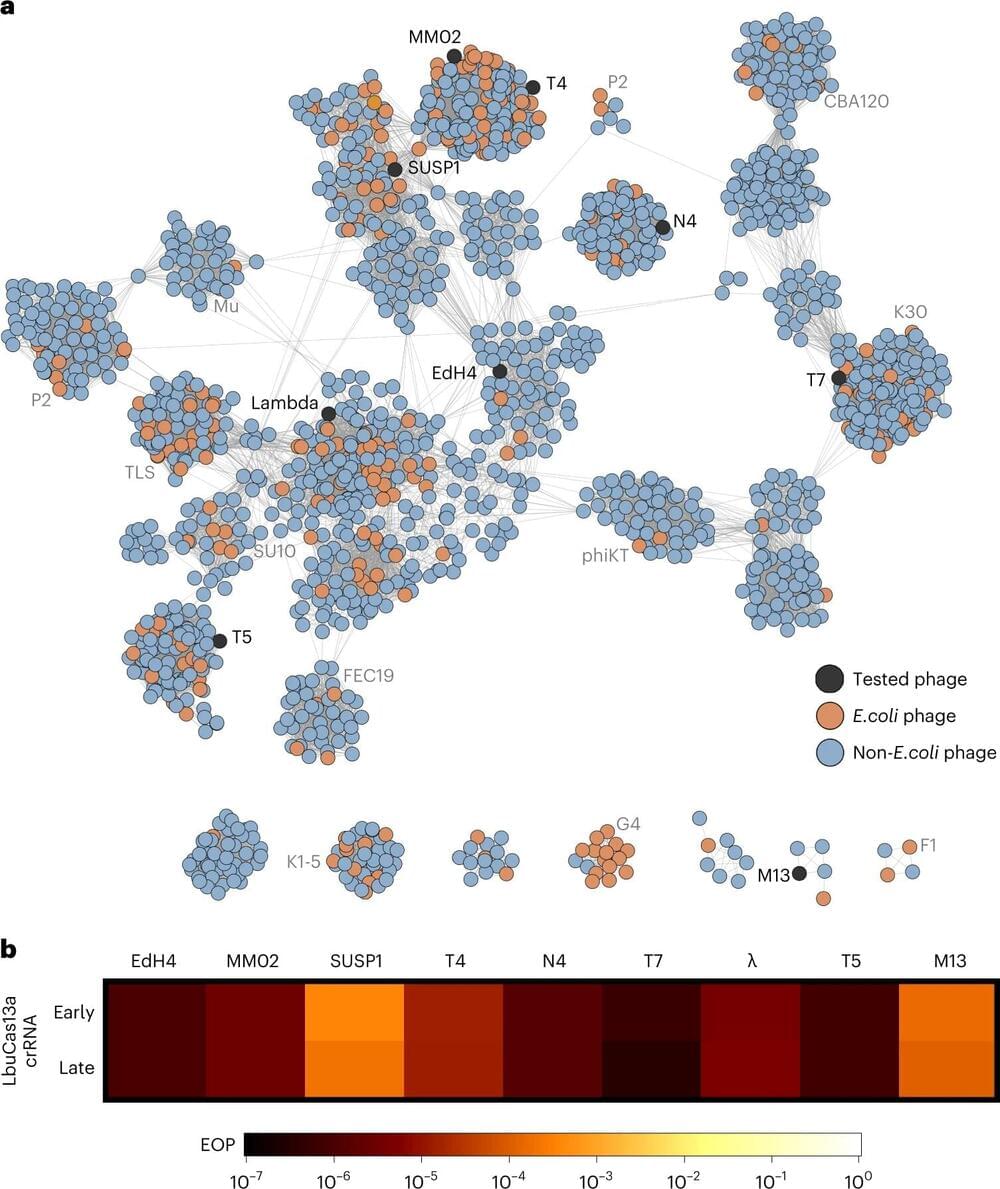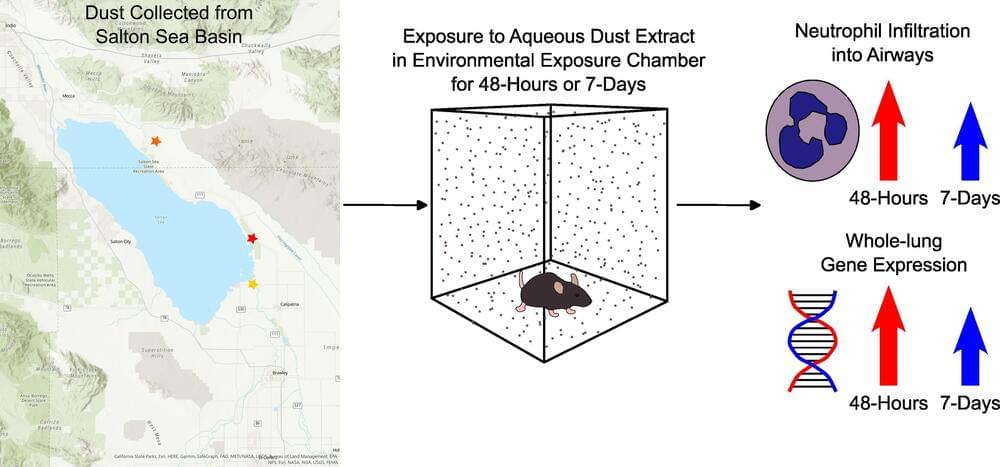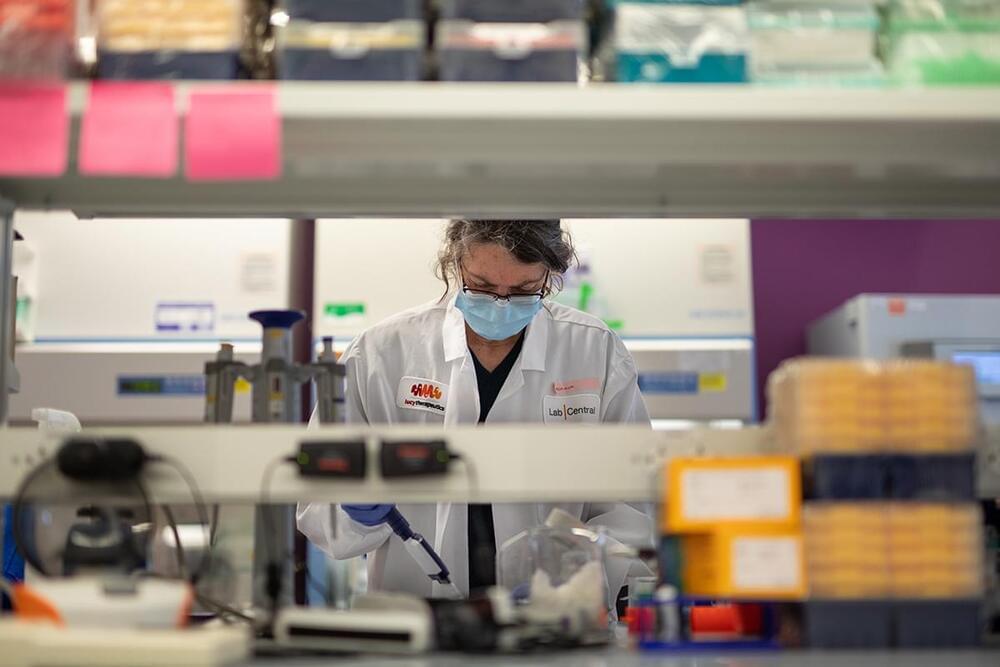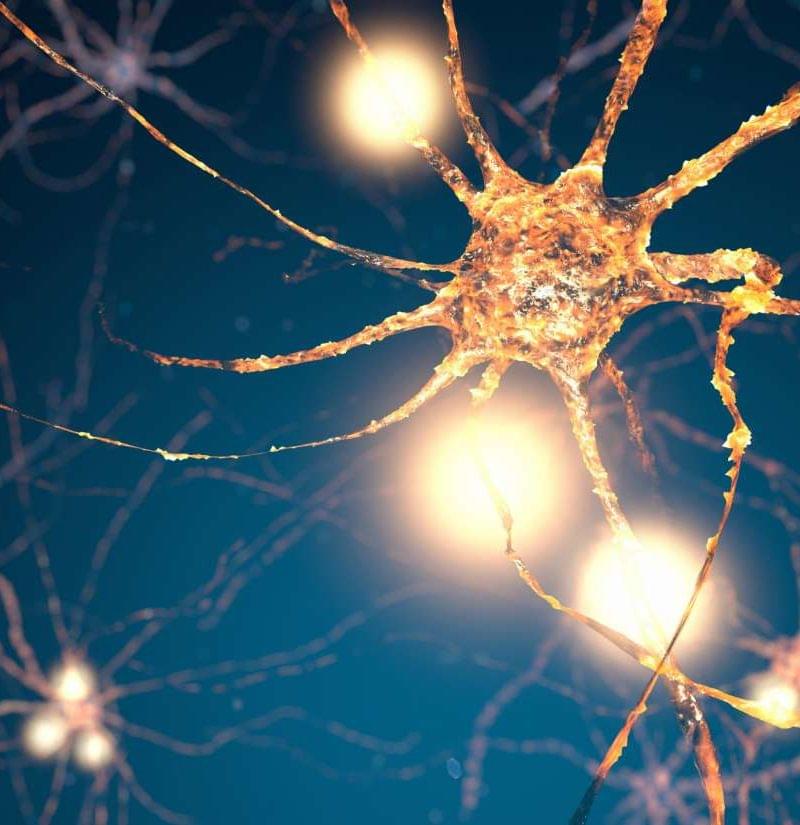I wrote a foreword for this awesome Sci-Fi book here: https://amzn.to/3aGrg0I
Get a Wonderful Person shirt: https://teespring.com/stores/whatdamath.
Alternatively, PayPal donations can be sent here: http://paypal.me/whatdamath.
Hello and welcome! My name is Anton and in this video, we will talk about new studies that present a scientific creation of artificial life.
Papers: https://linkinghub.elsevier.com/retrieve/pii/S0092867421002932
https://robotics.sciencemag.org/content/6/52/eabf1571
Old papers: https://science.sciencemag.org/content/329/5987/52?ijkey=844…f_ipsecsha.
https://pubmed.ncbi.nlm.nih.gov/14657399/
Press release and video/images: https://www.uvm.edu/uvmnews/news/team-builds-first-living-robots.
Images:
James Pelletier (MIT Center for Bits and Atoms and Department of Physics) and Elizabeth Strychalski (National Institute of Standards and Technology))
DOUGLAS BLACKISTON, Tufts University.
Otofrog, CC BY-SA 4.0
Charles Daghlian.
Universal Studios, NBCUniversal — Dr. Macro.
www.scientificanimations.com, CC0
IDKlab, CC0
Support this channel on Patreon to help me make this a full time job:
https://www.patreon.com/whatdamath.
Bitcoins to spare? Donate them here to help this channel grow!
32ygEA36irM9Dsqx2rXZmHQ9rj7ZoWDYWZ
Space Engine is available for free here: http://spaceengine.org.
Enjoy and please subscribe.
Twitter: https://twitter.com/WhatDaMath.
